Saturday - 5 November 2022 -
Day breaks over the Sahara - but well before that Cal set out to climb to the top of the same tall dune we
watched sunset from the day before. It was a challenging climb as the sand is deep, but it did not take too
long.


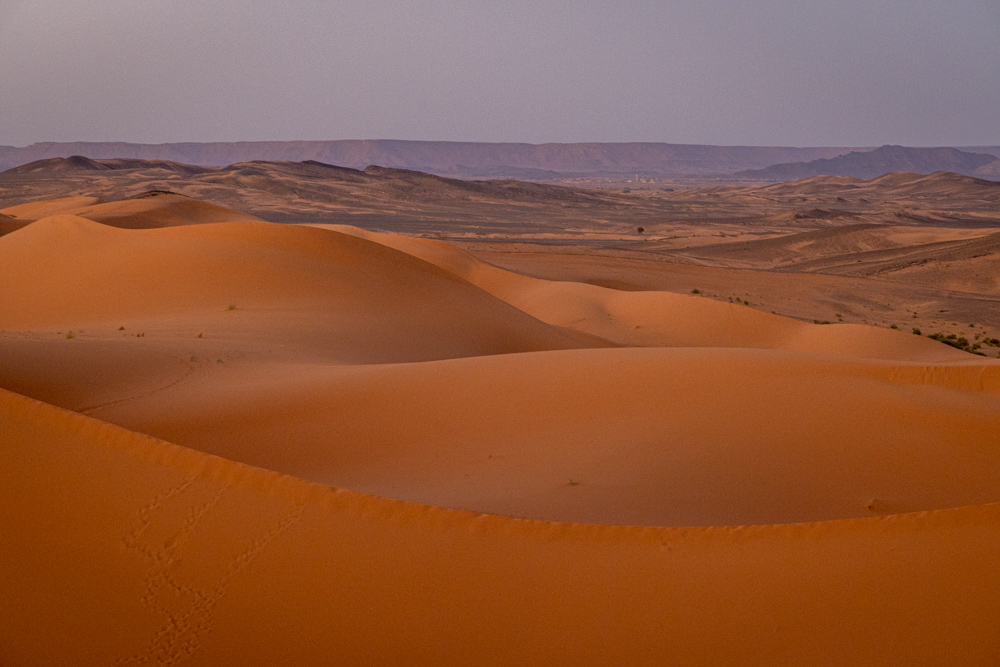
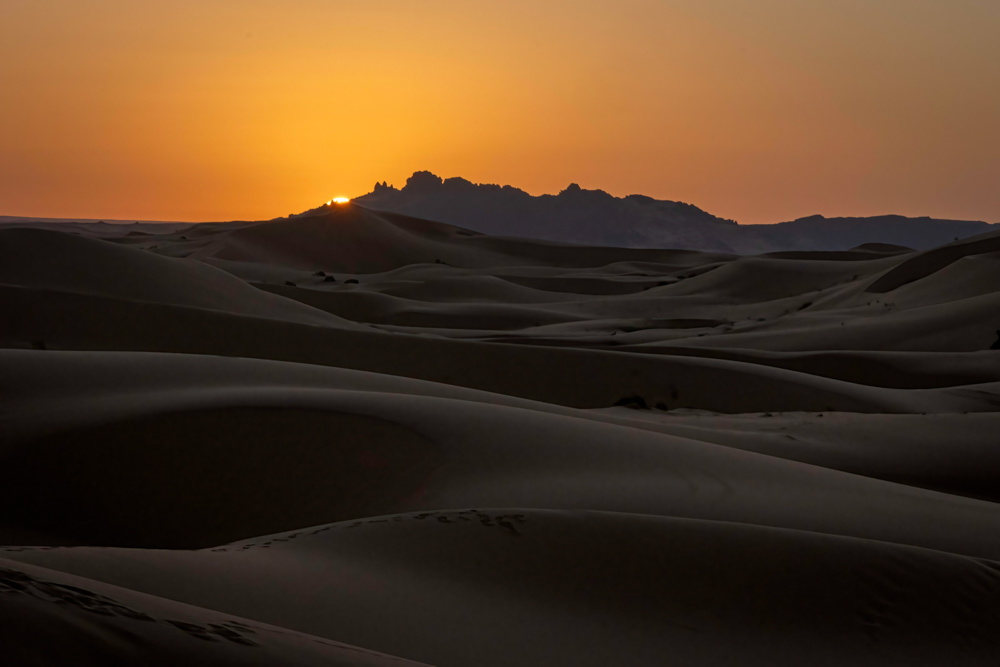
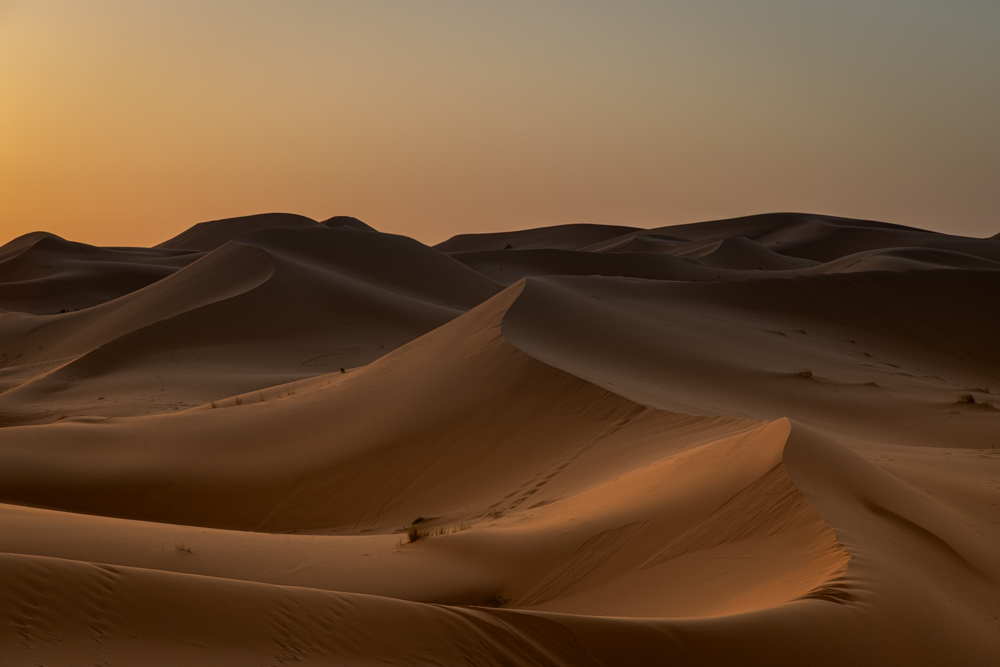
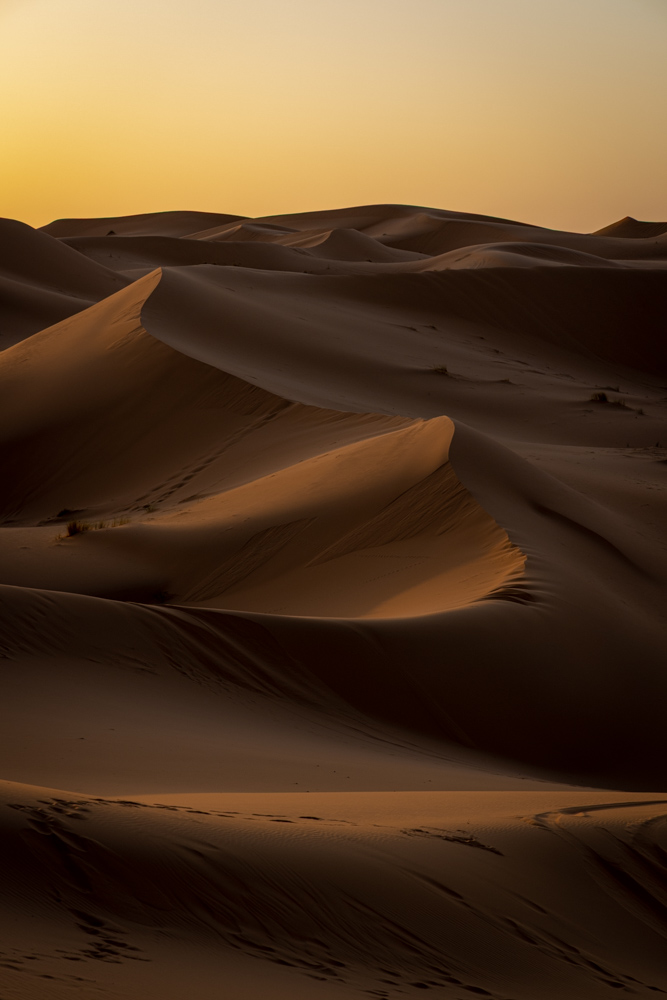
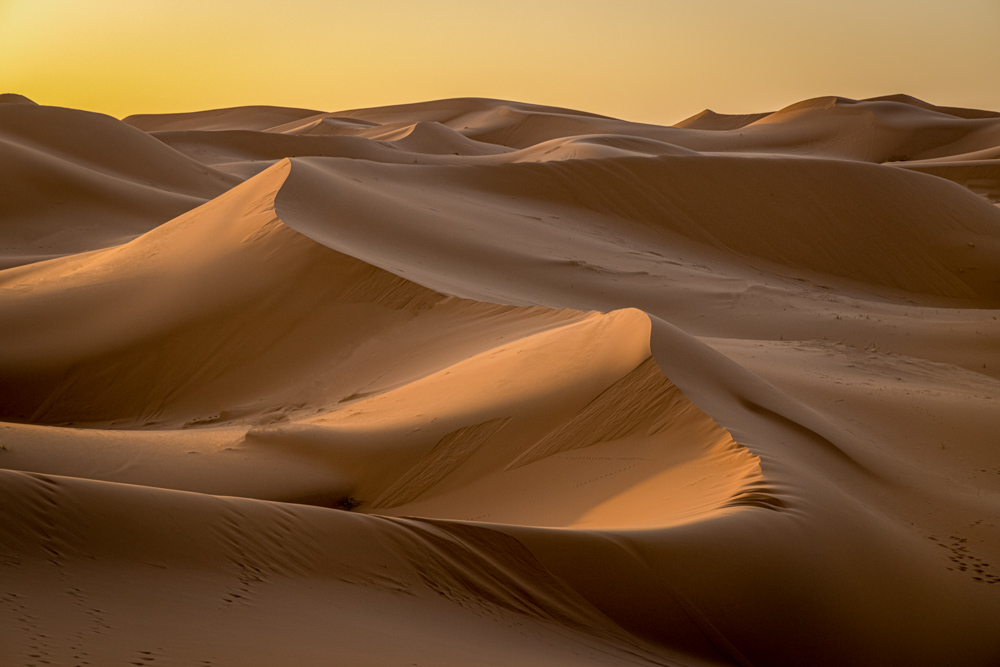
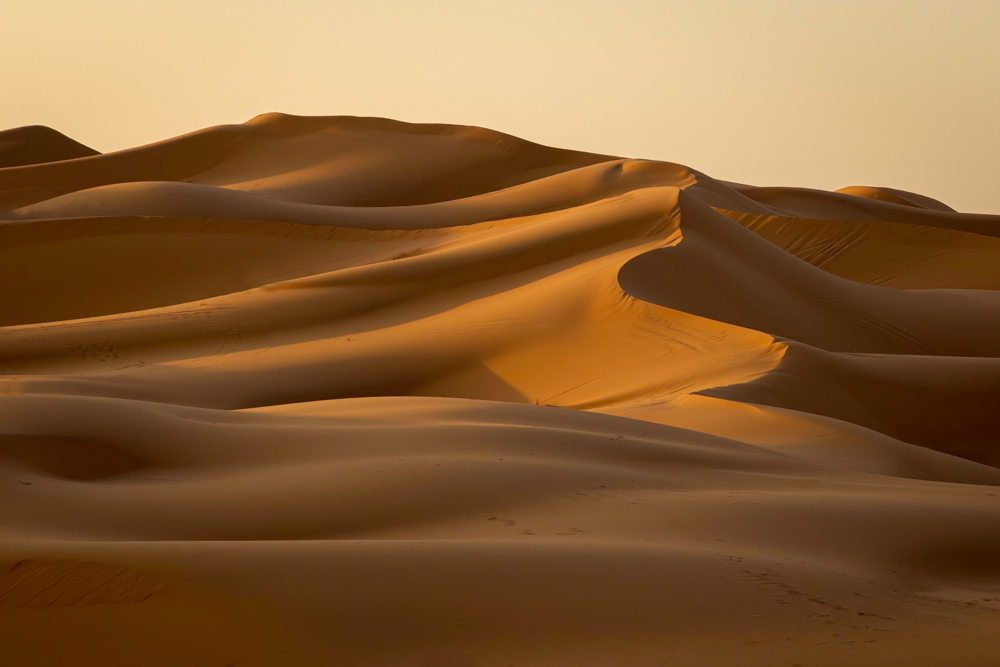

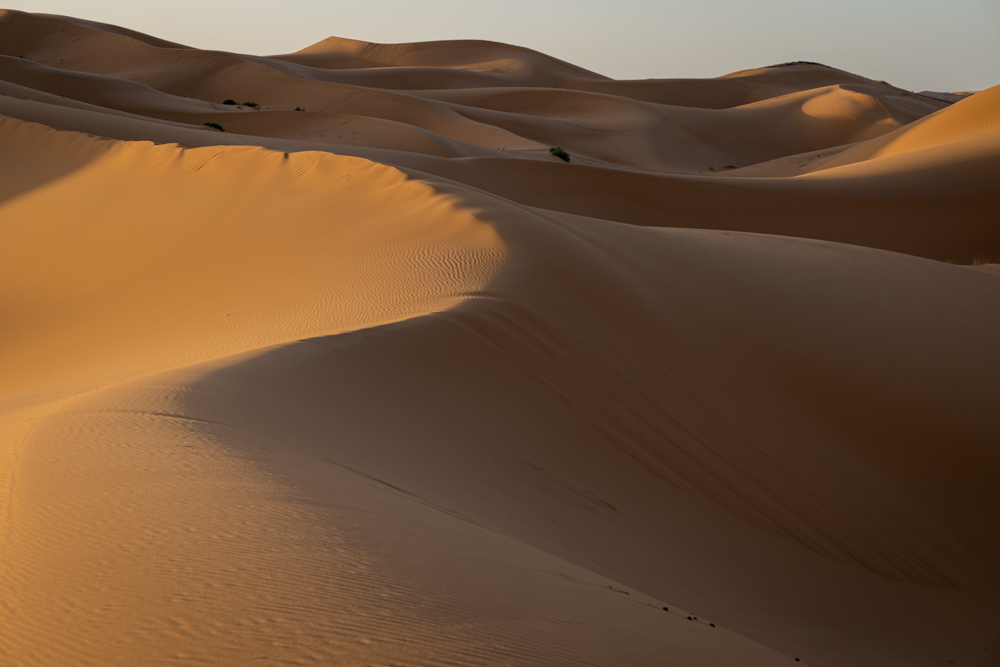

We left the camp around 0900 and began a trip to Dades Gorge.

The yaz symbolizes the "free man", which is the meaning of the word Amazigh.


The predominant ethnic group is Amazighs (Berbers), and the city is at the center of one of the most attractive oases in southern Morocco. Lush palm trees cover about 30 miles on 550 - 1,600 yard-wide tracts along the Wadi Todgha.



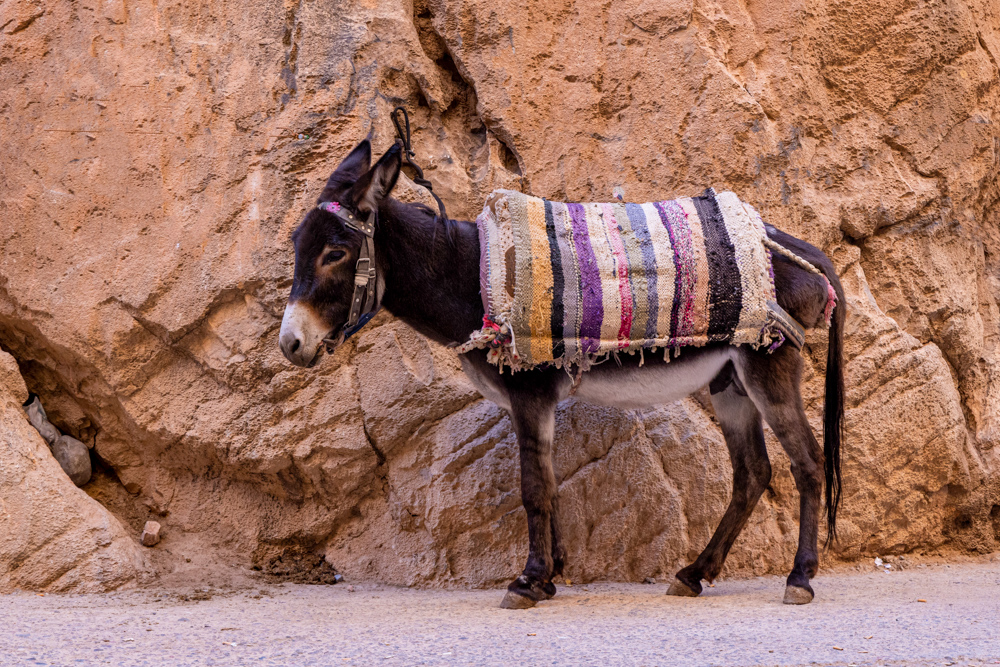
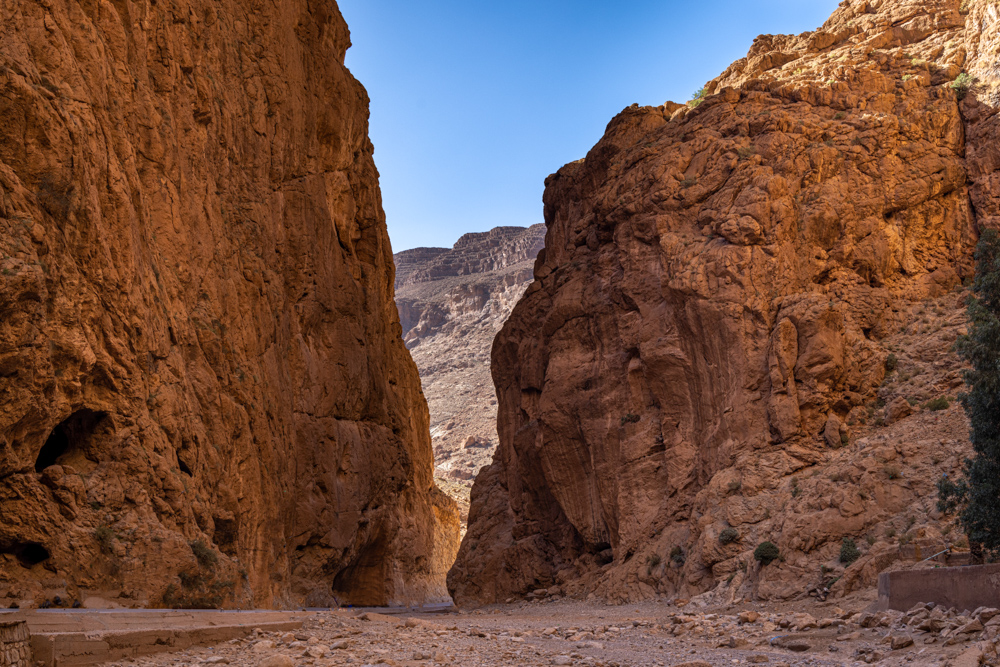


The casbah protected the town and trade routes.
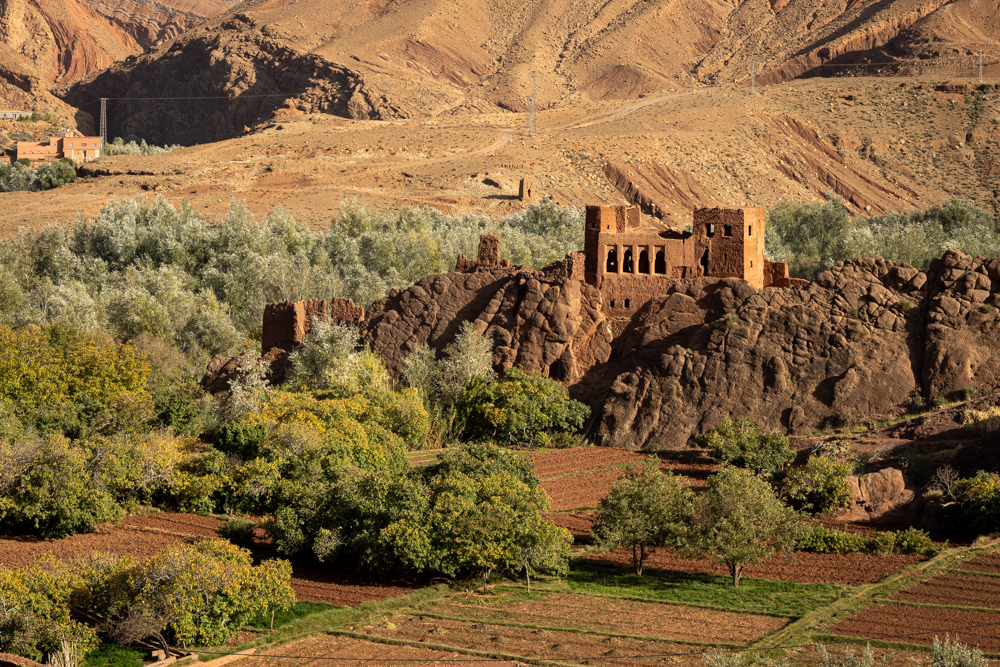


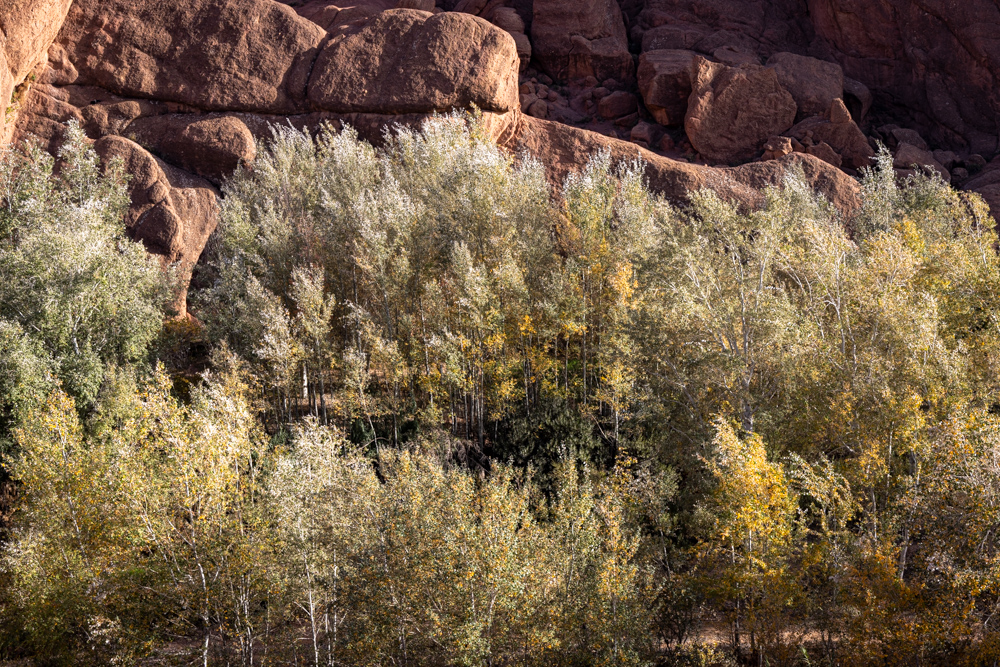
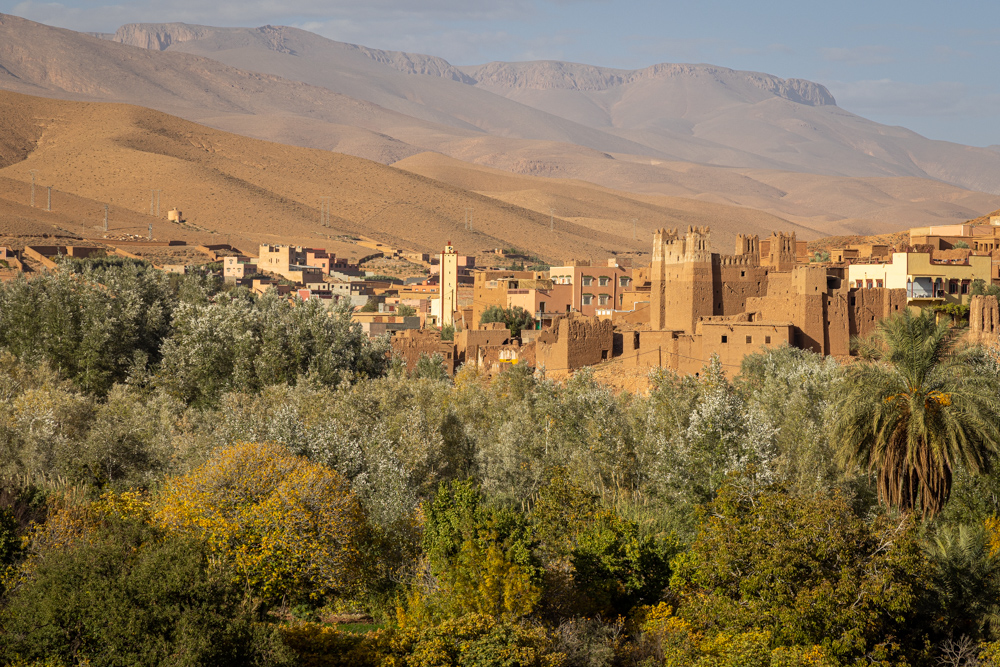

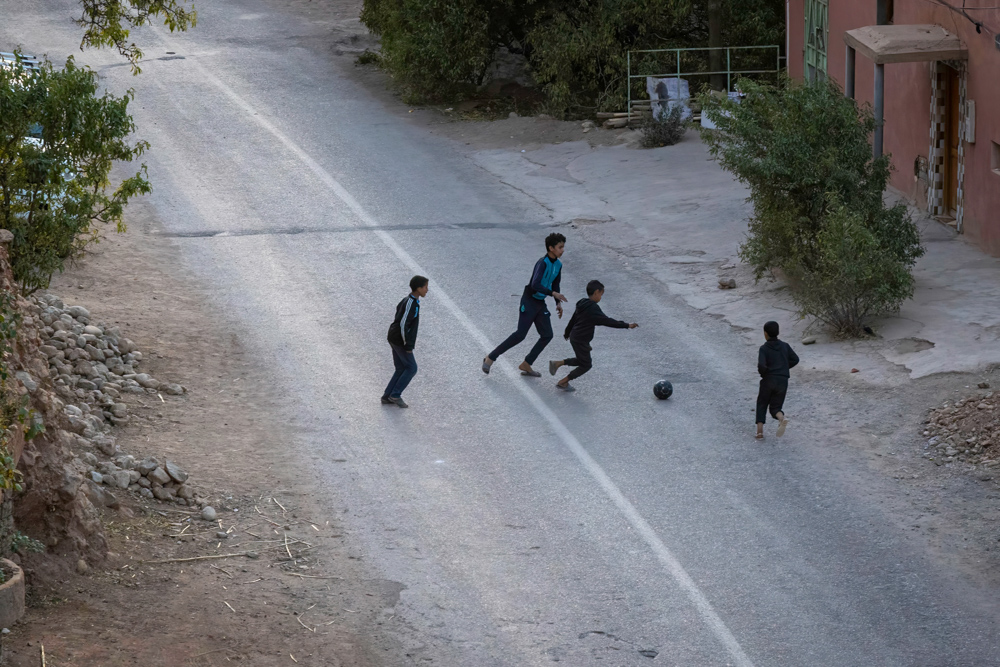

The Dades Gorge is a rugged wadi gorge carved out by the Dades River. The river originates in the High Atlas range of the Atlas mountains, flowing some 220 miles southwest before joining the Draa River at the edge of the Sahara. The many-colored walls of the gorges range anywhere from 650 to 1600 feet.